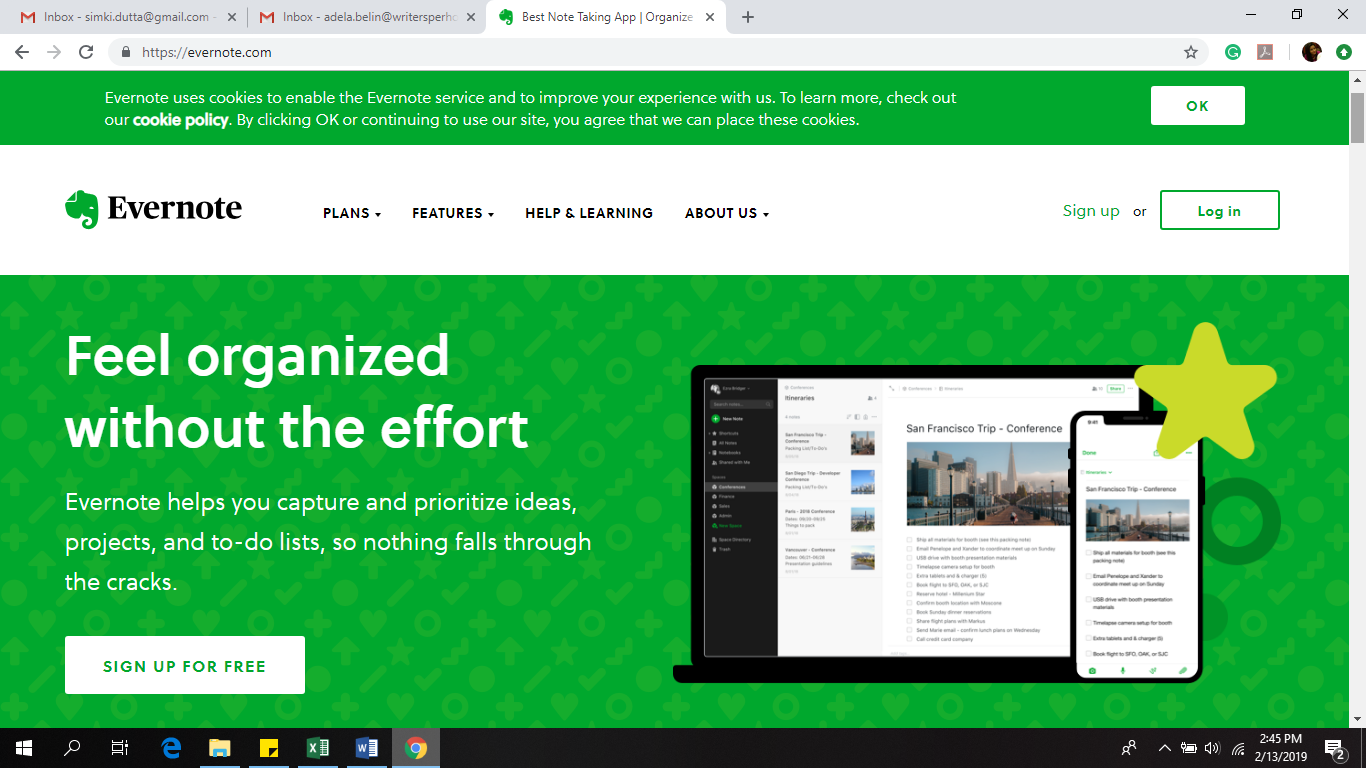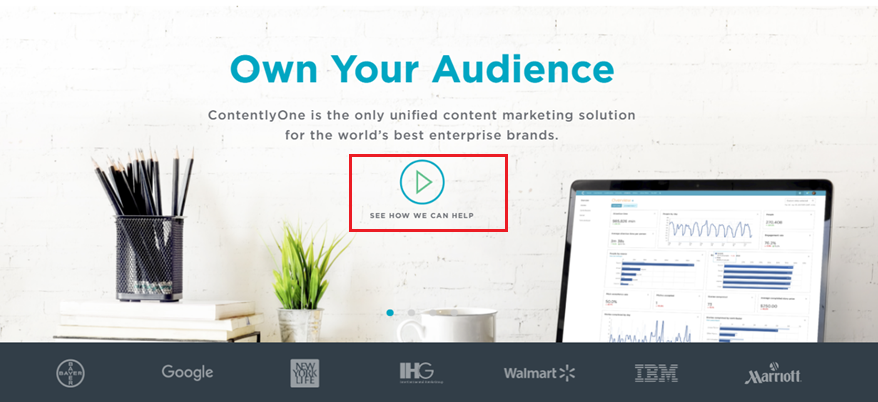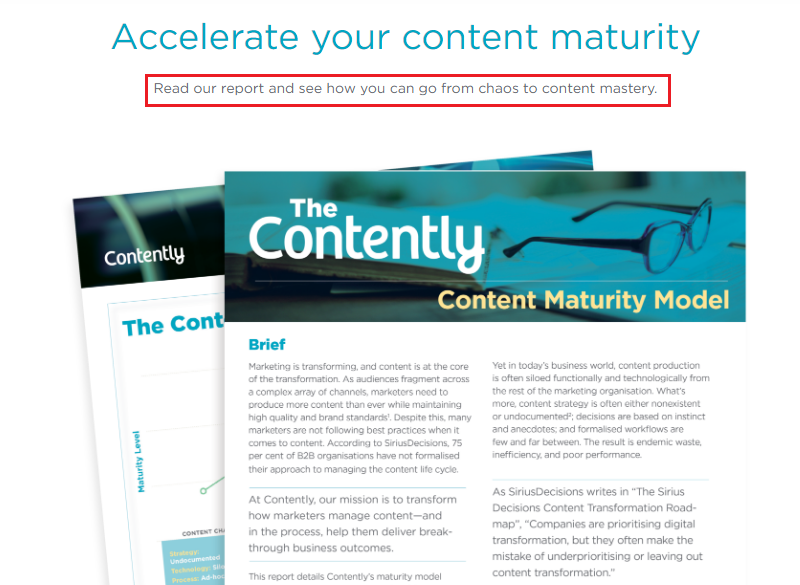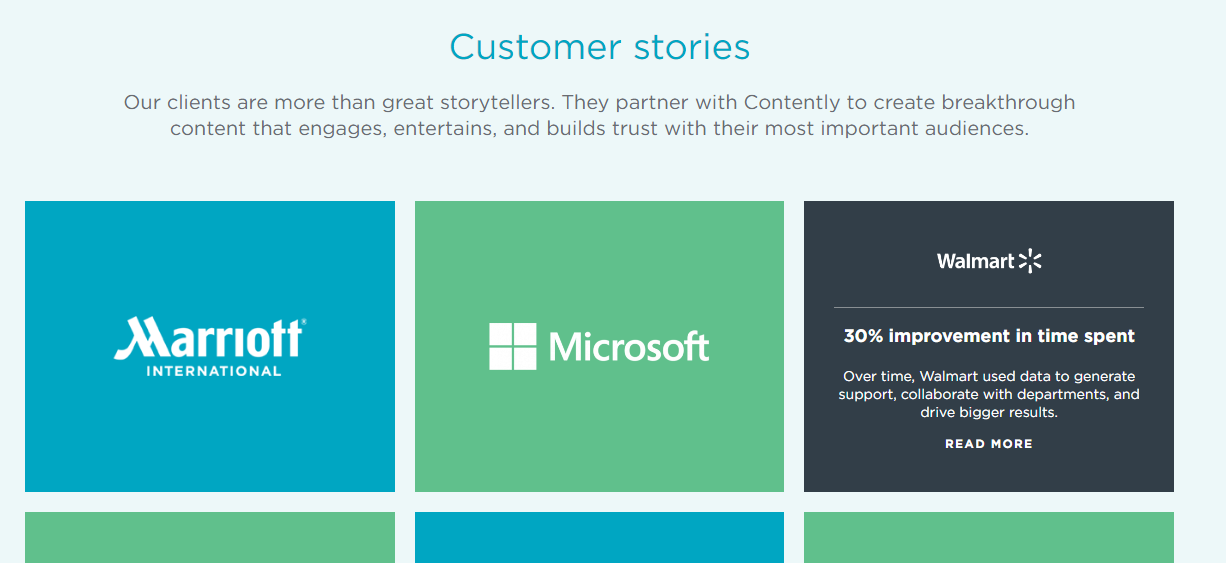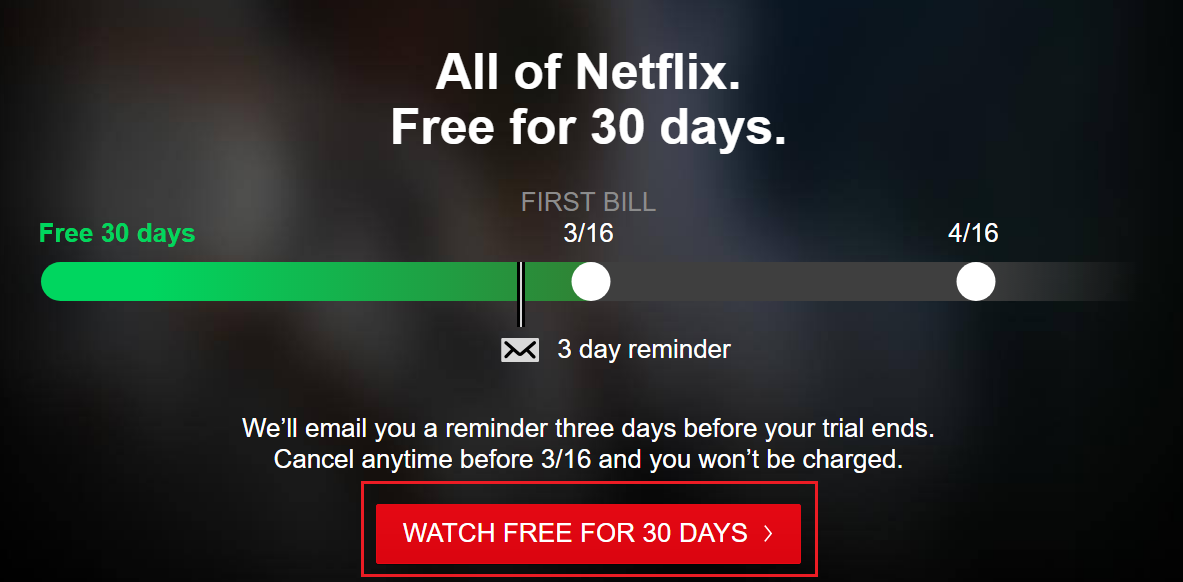Considering 40% of revenue is captured by organic traffic, marketers have enough and more reason to invest in boosting their search engine rankings and attracting more visitors. This space is highly competitive which calls for consistent efforts in maintaining high rankings.
The best part about organic search traffic is that it brings in engaged and interested visitors who come with a search intent. Now, what’s the point of all this traffic if you aren’t converting them to meet your business goals, isn’t it?
Brew brings you six fresh, new ways to generate leads from the organic search traffic your website receives.
Create Persuasive Landing Page Headlines
The landing page is a crucial space – it’s your tool to generate leads and drive conversions so use it wisely.
The first thing people see on any landing page is the headline. It needs to be attention-grabbing, persuasive and compelling enough for visitors to act upon it.
Start with thinking what you want to achieve through your landing page – are you posing a solution, driving downloads, informing about a sale or getting subscriptions?
Effective headlines are those that are short, to-the-point and relevant. An example of a strong headline is that of Evernote – it effectively delivers the message while offering a solution.
Having trouble crafting the perfect headline? Headline Analyzer by CoSchedule is a tool you can use to get assistance.
Use Progressive Lead Forms
Lead generation forms are your go-to tool for converting website visitors into leads. While you might want to attain a heap of information, you must understand that filling forms is not exactly something people enjoy. So, how do you get this information without repelling your visitors?
Here’s where progressive lead forms come into the picture. Progressive profiling works on automation with the system detecting information that has already been provided by the user. The dynamic forms ask questions basis the stage in the purchase journey. In the process, lead forms tend to be shorter and easier to fill while letting companies acquire more valuable data and generate quality leads.
Create Content for Various Buying Stages
Person A might be visiting your website to contemplate a product purchase while Person B might be there for understanding what your product is about in the first place. Do you think your website content does justice to the various stages in the buyer’s journey?
A buyer’s journey is essentially made of three stages – awareness, evaluation, and purchase. In order to propel people towards the purchase stage, you need to ensure your website offers custom content for each of these stages.
Every stage in the buyer’s journey calls for different content formats. For instance, the awareness stage is all about learning about the benefits of the product or service. This calls for informative content such as eBooks, blog posts, social media posts, videos, etc.
The next stage is evaluation. This is where you have the buyer’s attention, they are considering your product or service seriously and might even be comparing your brand to your competitors. This is your chance to convince them to become your customer. This stage calls for content such as white papers, webinars, company reports, case studies and more which offer rich data to prove what you’re claiming.
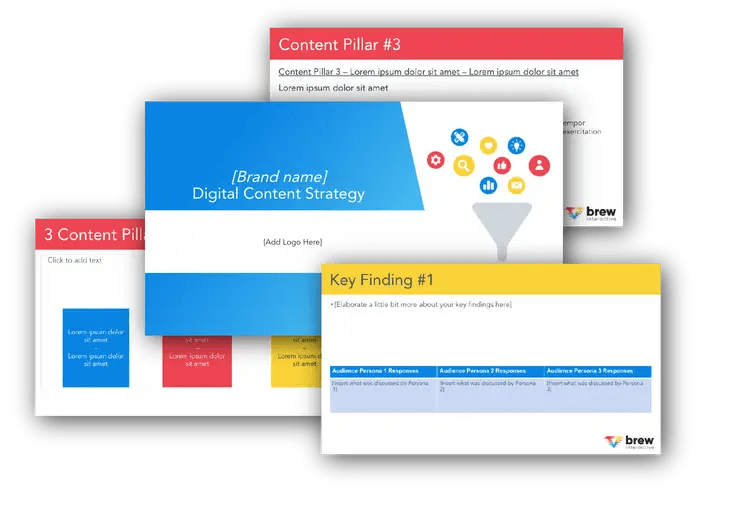
Free B2B Content Strategy Template
Not sure where to start when it comes to your content strategy? Struggling to gain traction? Grab our free B2B content strategy template to help you document your strategy.
The last and final stage is the purchase stage where the buyer has to take a decision and it’s your chance to deliver personalized content to highlight your brand’s USPs and competitive advantage. Here’s where testimonials, product reviews, and free trials work well.
Strategically Place Calls-to-Action
Nothing can stop you from generating leads with a well-designed, worded and placed call-to-action (CTA) button. The CTA button needs to prompt users to take the desired action.
It’s important to make the CTA copy concise and use active voice to build better connect. While the wording is important, you need to be careful about placing it appropriately and designing it such that it is prominent enough to catch the user’s attention.
The CTA buttons can appear on the header, in the side, on the footer or can also appear as a pop-up. It needs to be relevant to the page content and most importantly, needs to look like a clickable button.
Install a Live Chat Tool
There are instances when customers are met queries and concerns while browsing your website – which might be obstructing them from converting into leads. To avoid such roadblocks, it is a good idea to offer real-time assistance to visitors by installing a live chat tool.
Live chats help you generate leads at a lesser cost and offer personalized attention to every customer. You can also use this tool to proactively ask for important details like the name and email id of the customer.
Create Interactive Quizzes
It’s important to constantly reinvent your content in order to connect with the audience and one such interesting content format which engages visitors and gets you leads is interactive quizzes. According to LeadQuizzes, the average quiz has a 33.6% lead capture rate.
Quizzes are fun and it’s no surprise that people take to them. What you need to do is craft quizzes that are relevant to your content and place questions to extract the information you need.
A good example of a brand that successfully obtained leads using quizzes is Cloud Sherpas, a software company. They created a quiz titled, “How mature is your ServiceNow instance?” in an attempt to find out how familiar their target audience is with ServiceNow. The knowledgable participants were then qualified as leads.
Keep your quiz captivating, short and creative. If used well, they can prove to be powerful lead magnets.
So, make the most of the organic traffic you receive by optimizing your website to employ these lead generation strategies that will help you build your database of leads and increase conversions.
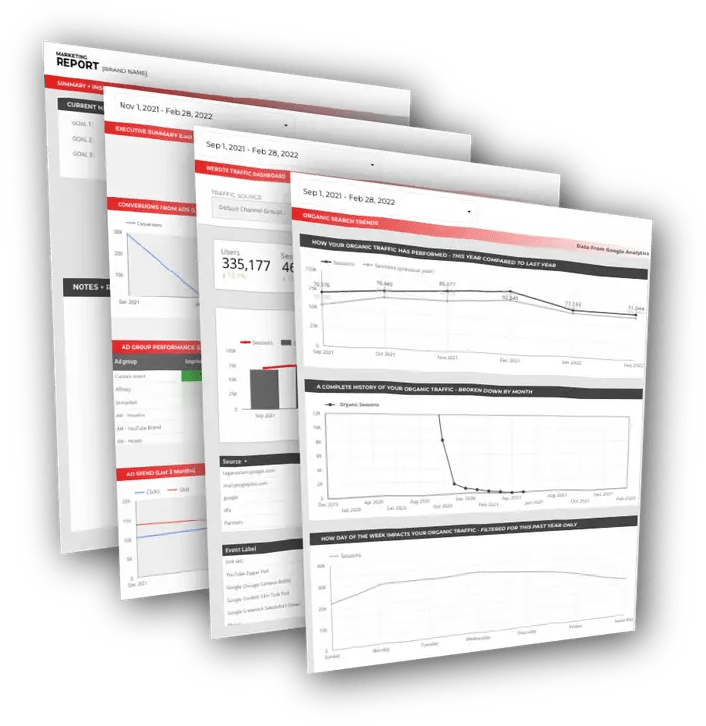
Free DataStudio Marketing Report
Improve your marketing reporting with our free DataStudio template that pulls data from Analytics, Google Ads, and Search Console to get a 360 degree view of your digital performance.

